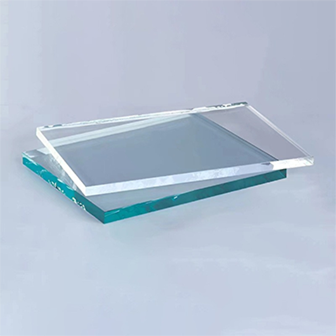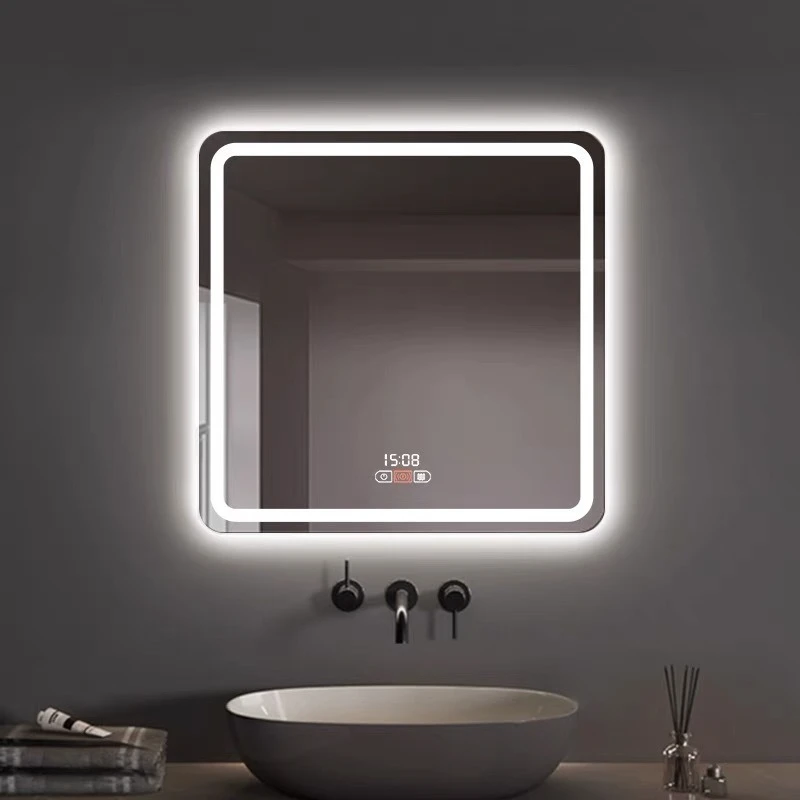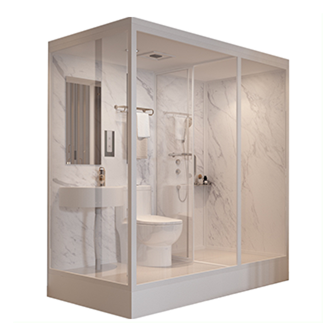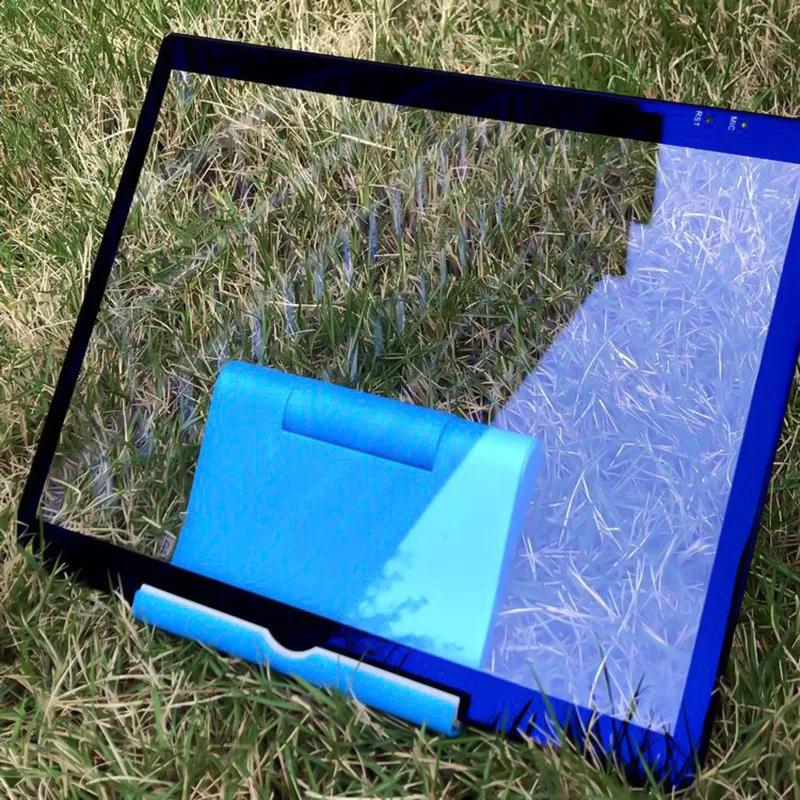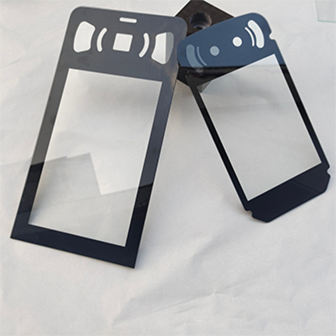Sep . 02, 2025 19:50 Back to list
Aluminum Mirror Sheet-SHAHE SHOTT GLASS CO., LTD.High Reflectivity&Cost-Effective Solutions
Aluminum mirrors have emerged as a reliable and cost-effective alternative to traditional silver mirrors, offering a unique combination of high reflectivity, durability, and environmental friendliness. This comprehensive article explores the fabrication process, key features, diverse applications, and technical specifications of aluminum mirrors, while also highlighting the company background of Shahe Shott Glass Co., Ltd., a leading manufacturer in this field. Whether you're a designer, engineer, or industry professional, this guide will provide valuable insights into the world of aluminum mirrors.
The Fabrication Process of Aluminum Mirrors
Unlike silver mirrors, which typically use chemical silvering techniques, aluminum mirrors rely on vacuum magnetron sputtering technology to achieve a high-quality reflective surface. This advanced process ensures uniformity, precision, and long-term performance. Below is a detailed breakdown of the key stages involved:
Glass Cleaning with Purified Water
Before the aluminum coating can be applied, the glass substrate must undergo a rigorous cleaning process. Using ordinary tap water can introduce impurities that compromise the mirror's quality, leading to issues such as uneven reflectivity or premature degradation. Instead, purified water is used to ensure the glass surface is free from contaminants. This step is critical for maintaining the mirror's optical clarity and longevity. As emphasized by the National Institute of Standards and Technology (NIST), "precise surface preparation is a foundational requirement for high-performance optical coatings".
Vacuum Magnetron Sputtering
The core of the fabrication process is vacuum magnetron sputtering, a technique that deposits a thin layer of aluminum onto the glass surface. In this stage, the glass is placed in a vacuum chamber, where aluminum is vaporized and uniformly deposited. The vacuum environment minimizes oxidation and ensures a smooth, consistent reflective layer. This method not only enhances the productivity of mirror manufacturing but also significantly improves the quality of the final product. According to NIST research, "vacuum-based coating technologies are essential for achieving precise control over material properties in optical applications."
Rapid Oxidation Reaction
After the aluminum layer is applied, a rapid oxidation reaction is performed to form a hard protective film. This step isolates the reflective layer from environmental factors such as moisture and air, preventing further oxidation. The resulting protective coating enhances the mirror's durability and resistance to degradation over time. This process is particularly important for aluminum mirrors, as their edges are more susceptible to oxidation and blackening compared to copper-free silver mirrors (see copper-free silver mirrors for a comparison).
Back Painting for Enhanced Protection
To further safeguard the mirror, a protective layer of back paint is applied. This coating shields the mirror from scratches, oxidation, and corrosion, significantly extending its lifespan. The back paint also adds a decorative element, allowing for customization in color and finish. This step ensures that aluminum mirrors remain practical and aesthetically pleasing in a wide range of applications.
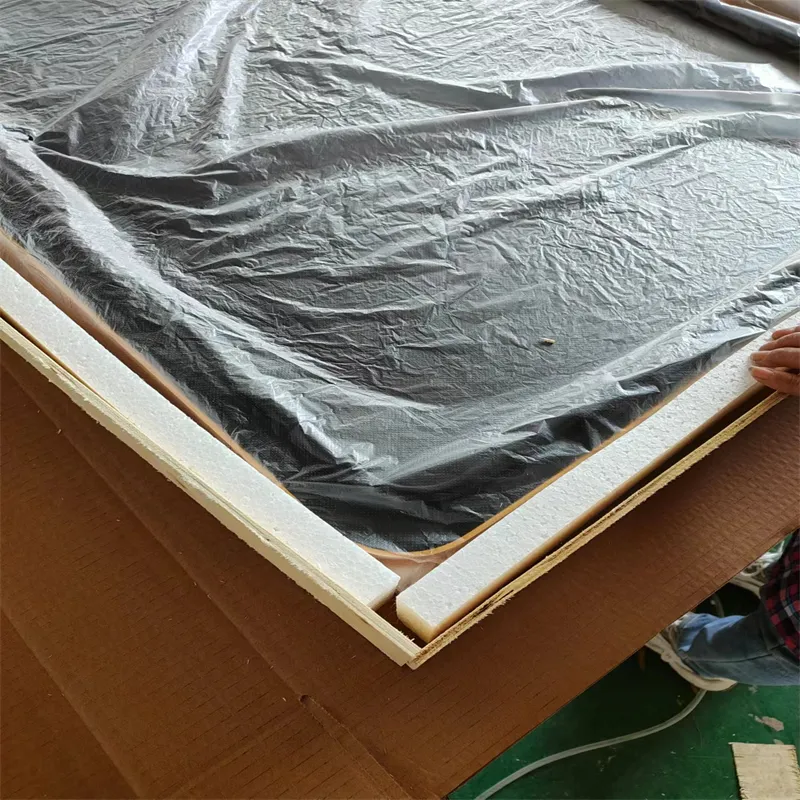
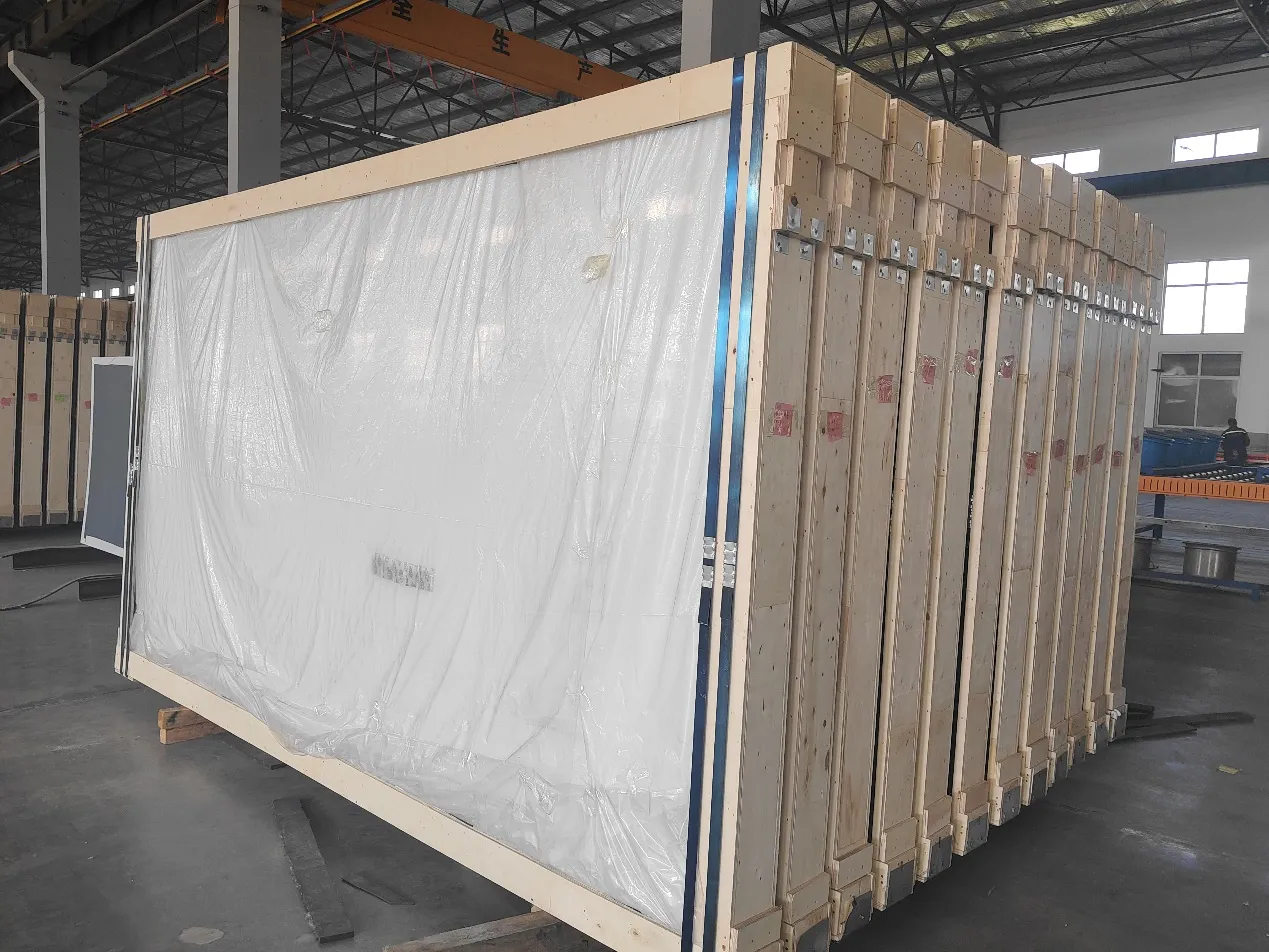
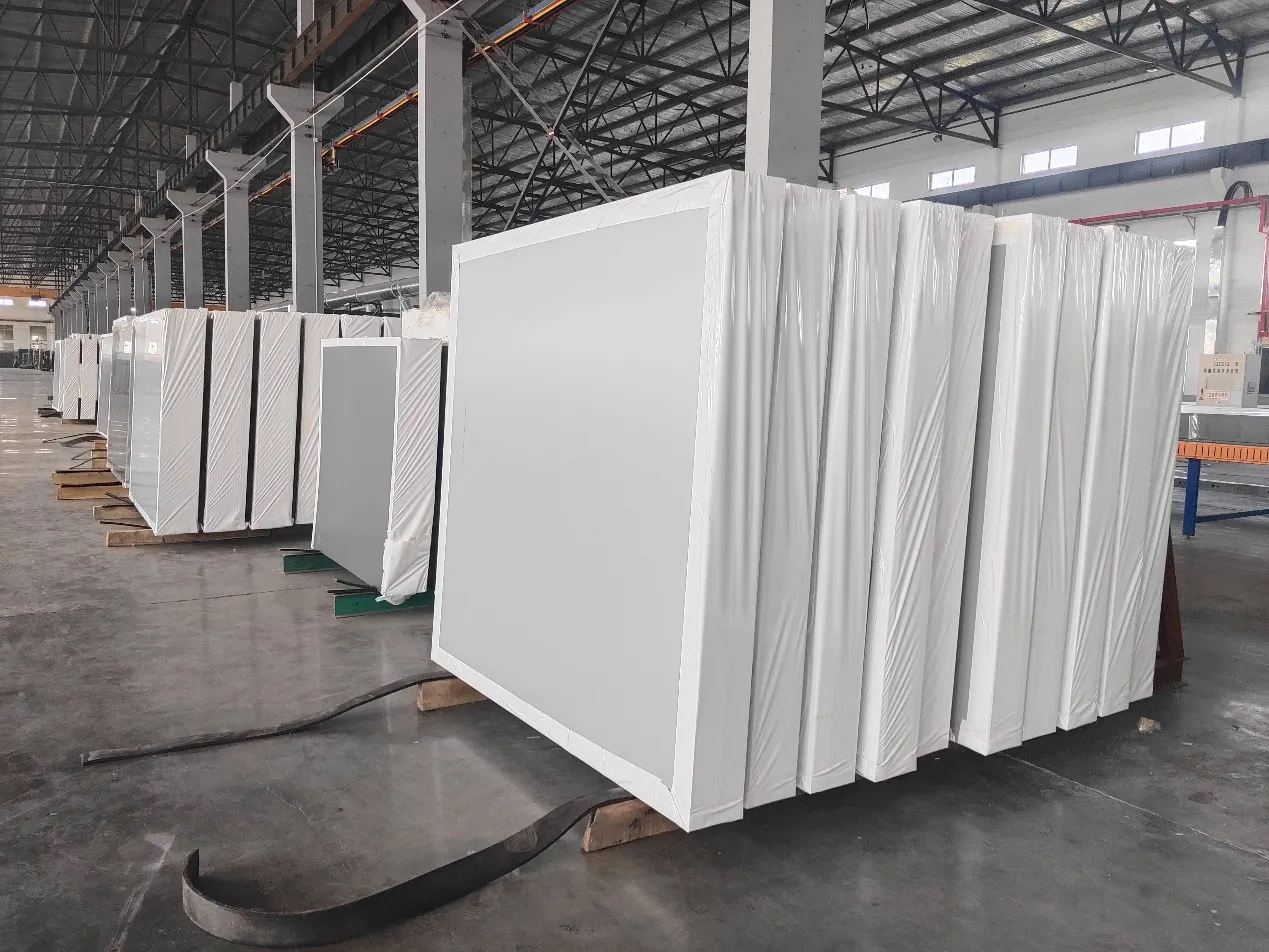
Key Features of Aluminum Mirrors
Aluminum mirrors are celebrated for their high reflectivity, cost-effectiveness, and environmental benefits. Below are the primary features that make them a preferred choice in various industries:
High Reflectivity
Aluminum mirrors achieve a reflectivity rate of 90% to 92%, making them ideal for applications requiring clear and precise reflections. This level of reflectivity is comparable to that of silver mirrors, but at a lower cost. The uniformity of the aluminum coating ensures consistent optical performance, even in large-scale installations.
Durability and Longevity
While aluminum mirrors are generally more cost-effective than silver mirrors, they are not without limitations. Over time, the edges of aluminum mirrors may become oxidized or blackened, especially in humid or chemically aggressive environments. However, the back paint and protective oxidation layer mitigate these risks, ensuring the mirror remains functional and visually appealing for extended periods.
Cost-Effectiveness
One of the most significant advantages of aluminum mirrors is their affordability. Compared to silver mirrors, they offer a similar reflective quality at a lower price, making them a popular choice for large-scale applications such as commercial spaces, automotive manufacturing, and interior design. This cost advantage is further amplified by the efficiency of vacuum magnetron sputtering, which reduces production time and material waste.
Environmental Friendliness
Aluminum mirrors are free from copper and lead, making them a sustainable alternative to traditional mirrors. This eco-friendly profile aligns with global efforts to reduce hazardous materials in manufacturing. As noted by NIST, "the use of non-toxic materials in optical components is a critical step toward sustainable technology."
Applications of Aluminum Mirrors
Aluminum mirrors are widely used across multiple industries due to their versatility, durability, and aesthetic appeal. Below are some of the most common applications:
Interior Design and Architecture
In interior design and architecture, aluminum mirrors are used to enhance the sense of space and light within a room. They are commonly installed in bathrooms, living rooms, and hallways to create an illusion of larger spaces and to add a modern, sleek aesthetic. Their high reflectivity makes them ideal for lighting design and space optimization.
Decorative and Commercial Applications
Aluminum mirrors are also popular in decorative and commercial settings, including retail displays, furniture, and signage. Their ability to maintain a clear, reflective surface makes them an attractive option for improving visual appeal and functionality. Additionally, the diversity of aluminum mirror colors (based on tinted glass) allows for customization in design projects.
Automotive Industry
The automotive industry extensively uses aluminum mirrors for rearview and side mirrors. Their lightweight nature and resistance to corrosion make them well-suited for exterior applications. Aluminum mirrors also contribute to fuel efficiency by reducing the overall weight of vehicles.
Technical Specifications of Aluminum Mirrors
The following table summarizes the key specifications of aluminum mirrors, including sizes, thicknesses, and color options:
| Specification | Details |
|---|---|
| Sizes (mm) | The same as silver mirrors, and other custom sizes |
| Thickness (mm) | 1.1mm, 2mm, 3mm, 4mm, 5mm, 6mm, 8mm |
| Colors | Silver and other colors based on tinted glass |
These specifications allow for flexibility in design and application, catering to both standard and specialized requirements. For example, thinner mirrors (1.1mm to 2mm) are ideal for decorative purposes, while thicker options (4mm to 8mm) are preferred for structural or industrial applications.
About Shahe Shott Glass Co., Ltd.
Shahe Shott Glass Co., Ltd. (沙河市消特玻璃有限公司) is a leading manufacturer of high-quality mirrors and glass products. With a focus on innovation, precision, and sustainability, the company has established itself as a trusted name in the industry. Their aluminum mirrors are produced using state-of-the-art technology, ensuring consistency, durability, and performance.
As a company committed to environmental responsibility, Shahe Shott Glass Co., Ltd. prioritizes eco-friendly manufacturing processes and non-toxic materials. Their products are widely used in commercial, industrial, and residential applications, demonstrating their versatility and reliability. For more information about their product range and services, visit their official website: https://www.chinamirrorglass.com.
Conclusion
Aluminum mirrors represent a cost-effective, durable, and environmentally friendly solution for a wide range of applications. From interior design to automotive manufacturing, their high reflectivity and customizable features make them a preferred choice for professionals and consumers alike. By leveraging advanced fabrication techniques such as vacuum magnetron sputtering, companies like Shahe Shott Glass Co., Ltd. continue to push the boundaries of optical technology.
As the demand for sustainable and high-performance materials grows, aluminum mirrors are poised to play a significant role in shaping the future of optical and decorative applications. Whether you're looking for aesthetic enhancements or functional solutions, aluminum mirrors offer a versatile and reliable option.
References
National Institute of Standards and Technology (NIST) - "Precise surface preparation is a foundational requirement for high-performance optical coatings." https://www.nist.gov/
Copper-Free Silver Mirrors - Comparison with aluminum mirrors. https://www.chinamirrorglass.com/copper-free-mirror.html
Shahe Shott Glass Co., Ltd. - Official website for product information. https://www.chinamirrorglass.com
-
Types of Reflective Glass
NewsNov.17,2025
-
What Is Dichroic Glass?
NewsNov.17,2025
-
Smart LED mirrors can have touch controls
NewsNov.17,2025
-
Laminated glass improves energy efficiency
NewsNov.17,2025
-
Insulated glass enhances building comfort
NewsNov.17,2025
-
Acid etched glass offers elegant privacy
NewsNov.17,2025
Related PRODUCTS


